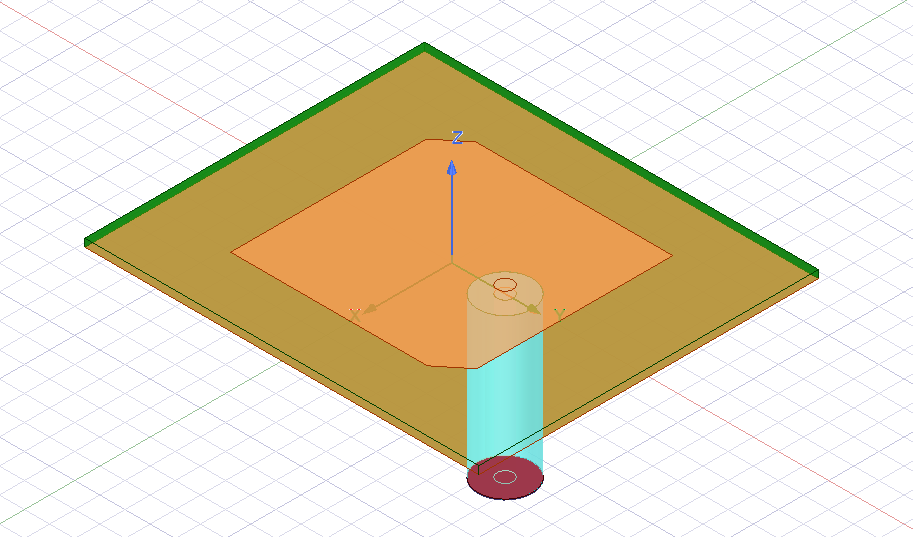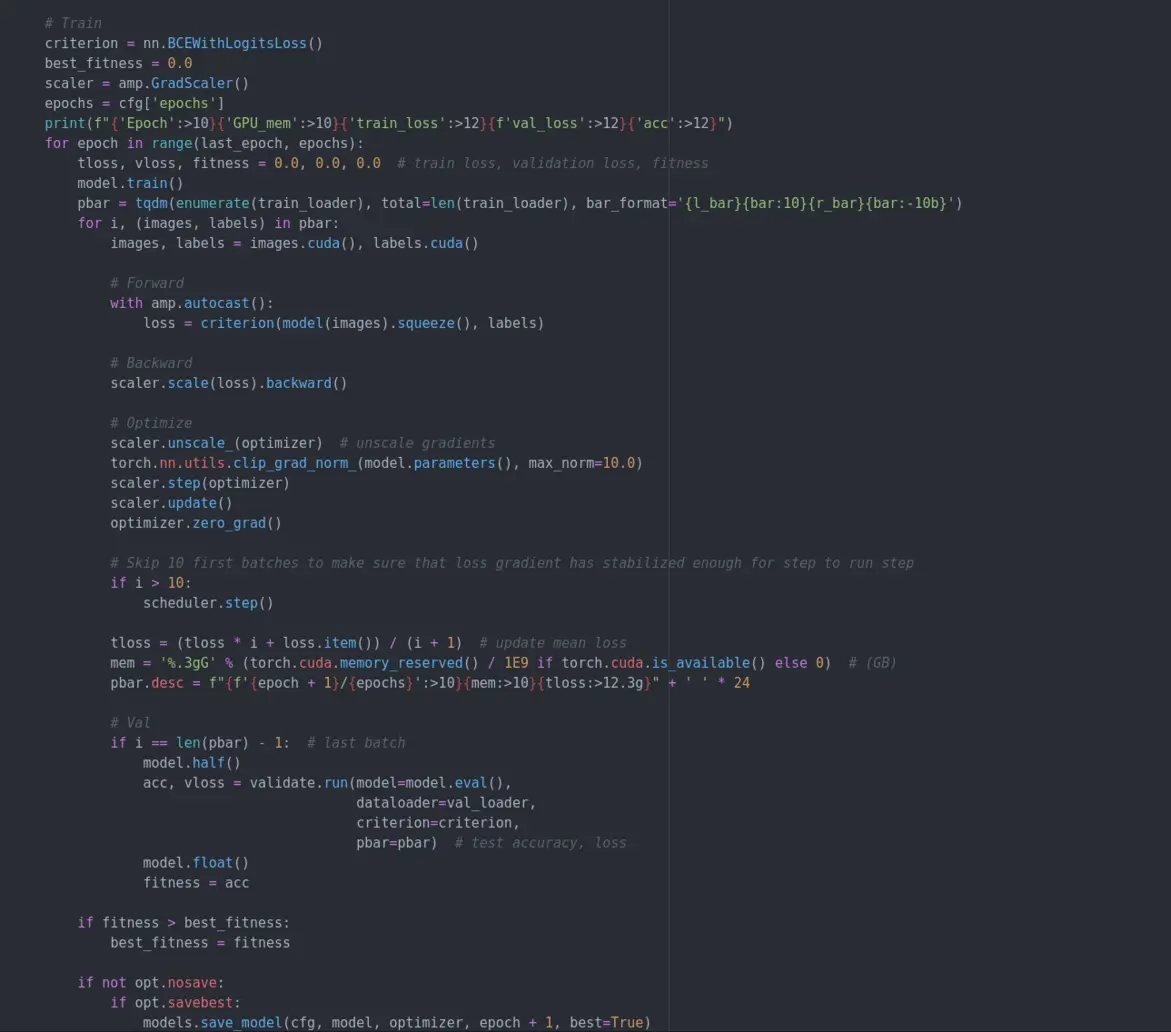Research of Communication Technologies
In the context of the Phoenix mission, which will fly over isolated forest areas, there is a need for a reliable communication system with two way link coverage. The Communications subsystem carries out research on all the available data link candidates, including Wi-Fi, cellular and satellite networks, Software Defined Radio, LPWAN protocols and more. Their effective range, reliability and data rate are all taken into account, but power consumption, cost and hardware size can also be prohibitive factors. Currently, a hybrid communication system is being tested that takes advantage of the cellular networks’ worldwide coverage and the reliable, long range of the popular LPWAN protocol, LoRa.

Antenna Design and Placement
In order to maximize the link range and reliability of the communication system, the location and characteristics of the necessary antennas are thoroughly investigated. We take care that cable losses and interference from other antennas and electronics are minimal. The electromagnetic properties of the UAV materials surrounding the antennas play a huge role as well. Thus, cooperation with other subsystems is important. After taking everything under consideration, the antennas are designed on electromagnetic simulation software and later constructed.





